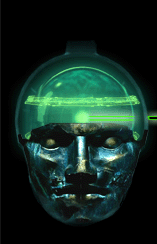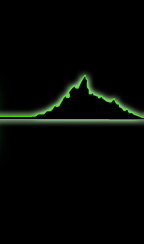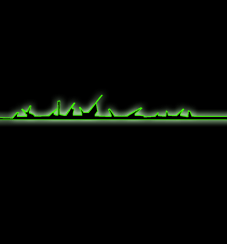Videodrome
Appleseed
The importance of the human form remains paramount to film, and indeed much of art throughout the ages. It is the particular way in which technological system adapt or even take on the human form that becomes of interest in the dystopic sci-fi genre of films. An array of technologies can be seen in these films that attach themselves to the characters, allowing them greater interaction and manipulation within the environment. These particular examples of mechanized suits of armor, suggest an even greater connection to the cities they may even oppose, as they relay information about their surroundings, but also allow a degree of forceful interaction at the city scale. Indeed, these technological exo-skeletons act as extensions of these characters into their surroundings, becoming an interface between being and city.
The Matrix Revolutions
Brazil
Dark City
Blade Runner
Appleseed
In creating the future city, many examples of control can be found to reach as far as the genetic engineering of the inhabitants of the city. This contemporary technology of biological manipulation suggests a world where people's fundamental natures are prescribed to remain docile to the city ruler's demands. Questions of the extent to which governance itself may take hold come up frequently in dealing with creating completely modified organisms. The greater fear, however, is of creating a superior being to humanity, as in Appleseed, where the fear of being superceded by an engineered evolution takes hold of the city's leaders.
The Matrix
Brazil
The Matrix Revolutions
Brazil
The manipulated, deformed, augmented, or roboticized human face appears continuously throughout these films. The association of identity in a face, seems to graft itself to technological manipulation, as humans and machines alike attempt to define themselves. The communicative nature of the human face, and expression, however, often finds eerie and disturbing new forms with the transformations that ensue from technological manipulation of the beings who are often most related to the central systems of control within the city, perhaps revealing their twisted, but developing nature.
Metropolis
Animated Metropolis
The Matrix Reloaded
The Matrix Reloaded
Videodrome
Videodrome
Akira
The transformation of flesh, and it's amalgamation or integration with the technological or mechanical remains one of the most frightening and gruesome ideas of science-fiction films alike. It is strange to see so many images of a feared cyborg, while we persistently develop technologies and systems in the real world with which we may interact or even depend upon, as with communications technologies, such as cellular phones, or prosthetic limbs, or even transplanted or synthetic organs. The films above, however, consistently deliver to the audience the ultimate fear a combined flesh and machine, demonstrating the constant anxiety of technology taking over our lives completely, to the point that our humanity fades, and our being is absorbed into a collective system, completely eliminating any sense of control.
HOME UW School of Architecture – Jonah Humphrey































